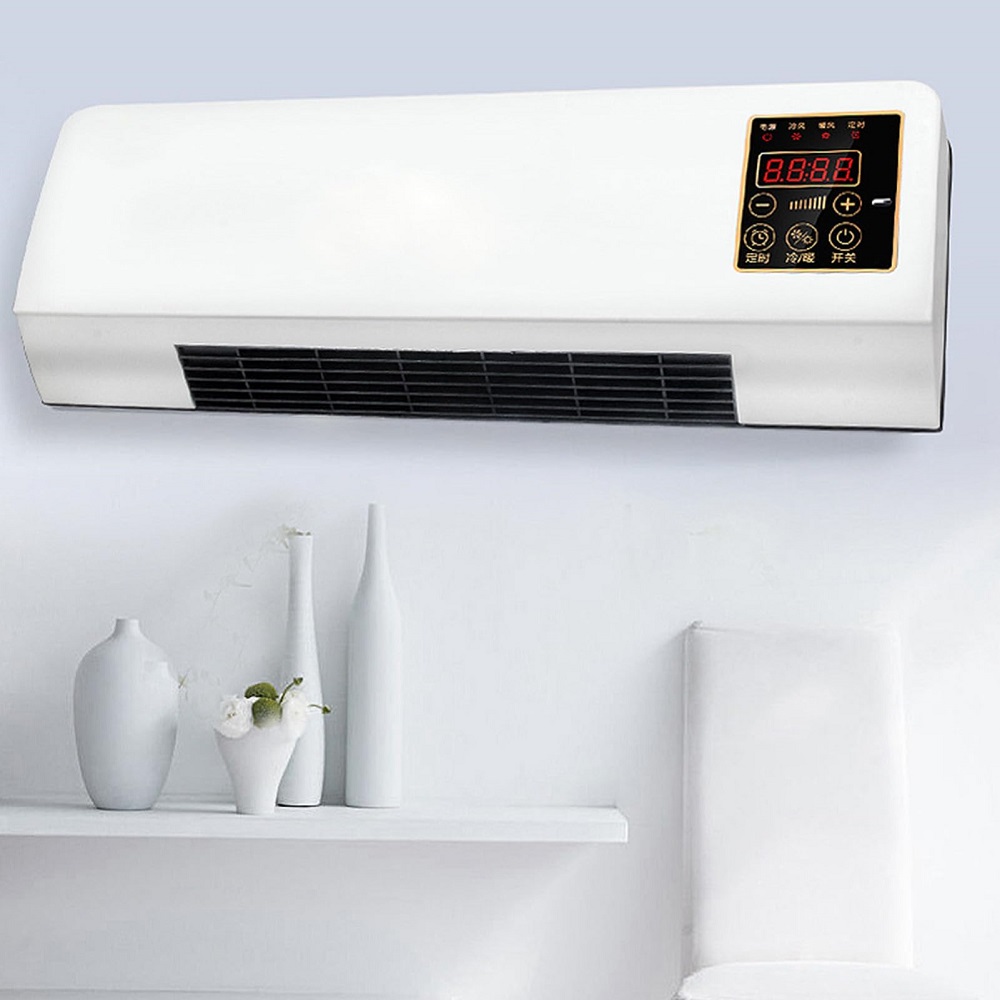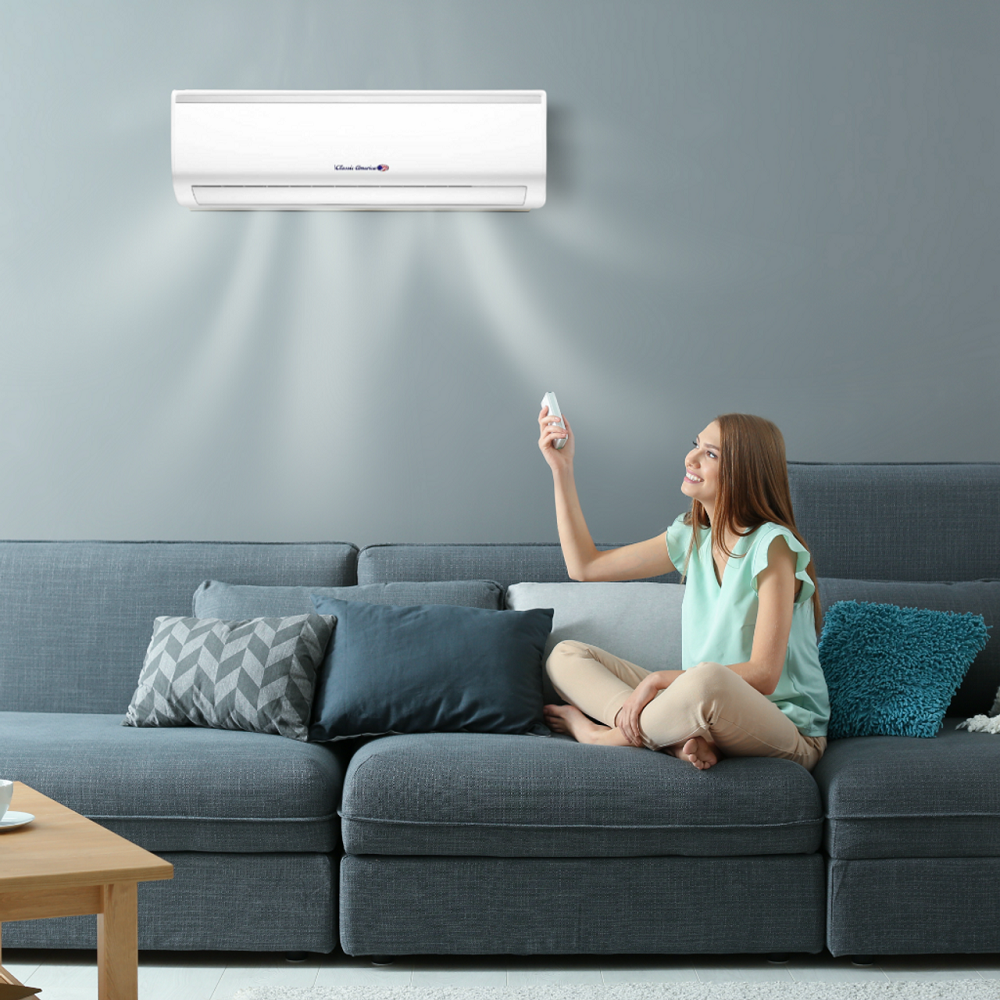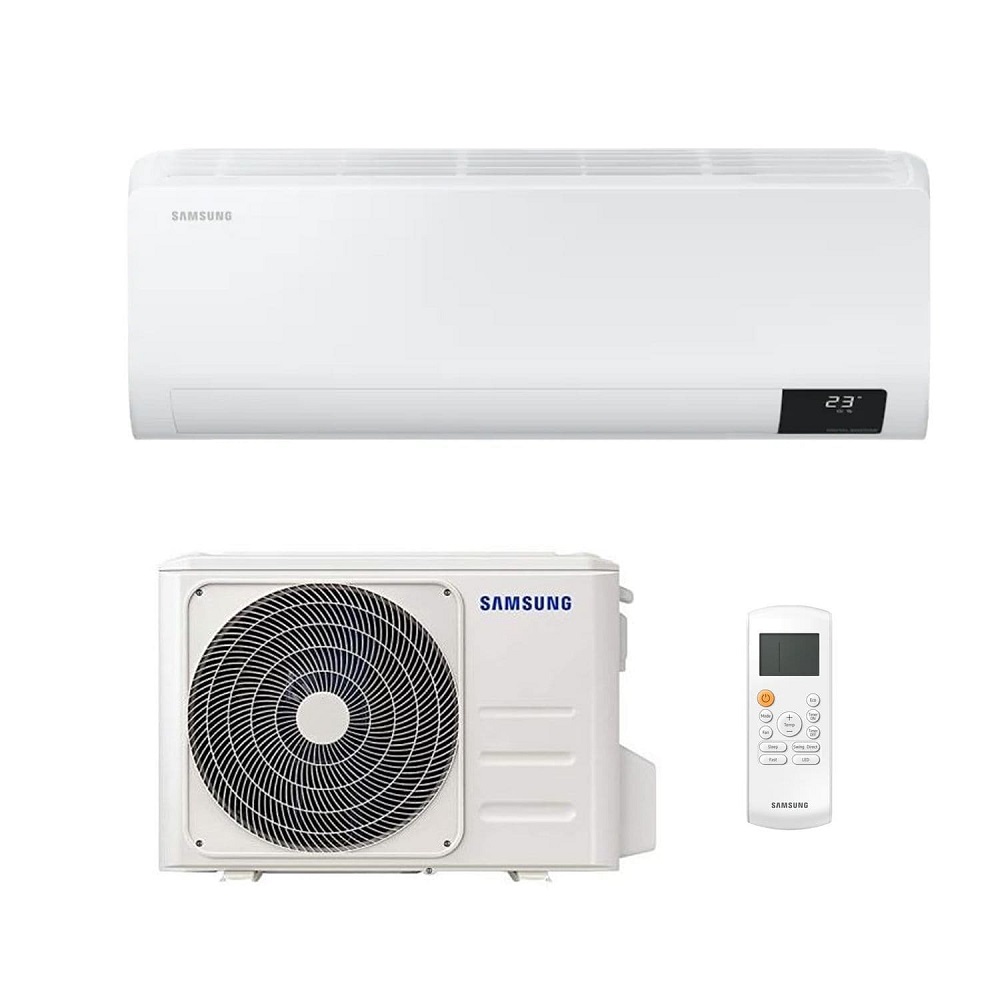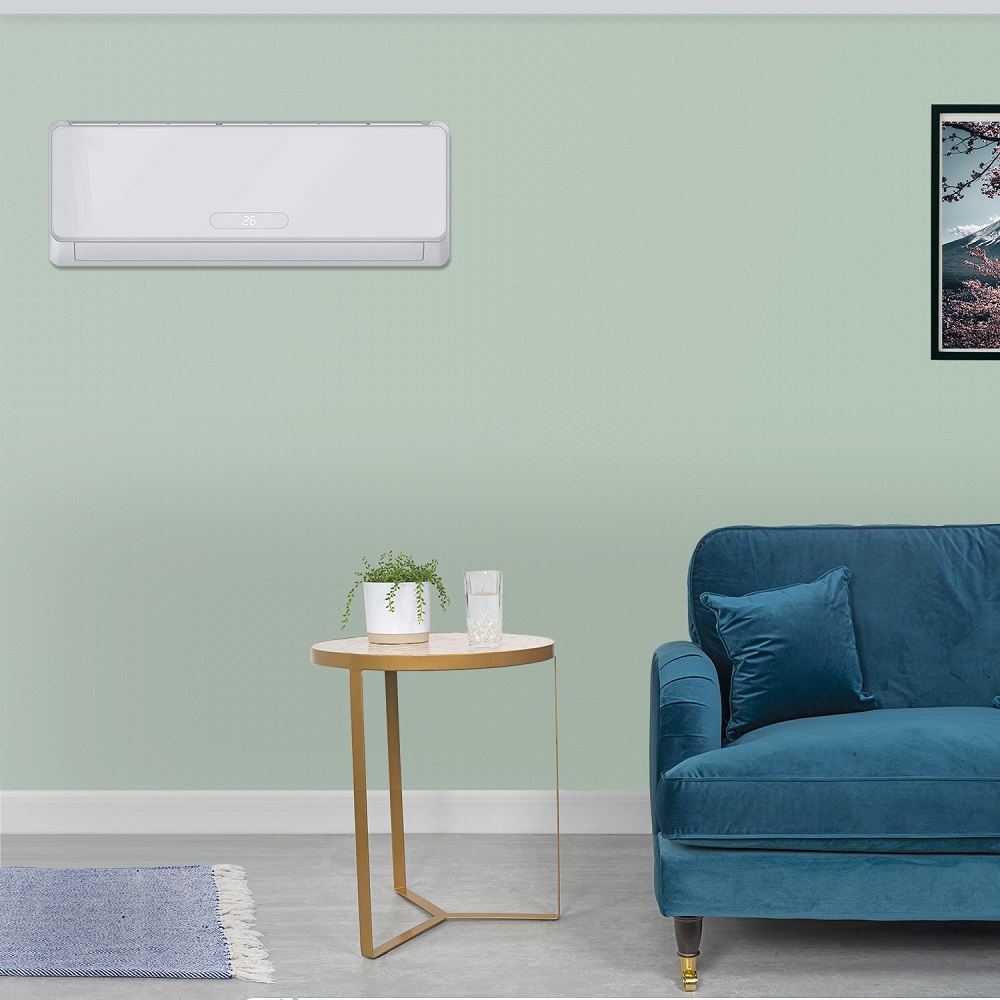Choosing an air conditioning system for your home or office can feel overwhelming with so many options available. Two popular choices in cooling solutions are wall-mounted AC units and traditional central air conditioning systems. Each option has its merits, but understanding their differences will help you make a more informed decision based on your specific needs. This article dives into the advantages and disadvantages of each system, exploring factors such as cost, efficiency, installation, and more. By the end, you’ll have a clearer idea of which air conditioning solution suits your space best.
Understanding the Basics of Both Systems
Wall-Mounted Air Conditioners
Wall-mounted AC, often referred to as “mini-split” systems, consist of an indoor unit and an outdoor compressor. The indoor unit installs on the wall and disperses cool air into the room. The outdoor unit contains the compressor and condenser, which work together to cool the air. With this setup, wall-mounted units can provide efficient cooling to specific rooms without needing ductwork.
These units are especially popular in residential settings where targeted cooling is necessary. For instance, you may want to cool a bedroom or an office space without cooling the entire house. Many wall-mounted systems also offer heating capabilities, making them functional year-round.
Traditional Air Conditioning Systems
Traditional air conditioning, often referred to as HVAC (Heating, Ventilation, and Air Conditioning) systems, relies on ducts to move air throughout a building. Central air conditioning systems use a single outdoor unit to cool the air, which then travels through a network of ducts to cool various rooms. This type of system provides uniform climate control, ensuring every room remains at the desired temperature.
While these systems can effectively serve larger areas, they also require more maintenance and careful planning regarding installation. Their capacity for heating and cooling can also vary, depending on the system type and configuration.

Energy Efficiency and Costs
Operating Costs of Wall-Mounted Units
In general, wall-mounted air conditioning units tend to offer greater energy efficiency compared to traditional systems. Many models now feature inverter technology, which allows the unit to adjust its cooling power based on the current room temperature. As a result, wall-mounted units often consume less energy, leading to lower monthly electricity bills.
Moreover, because these units cool only specific rooms, there’s no energy wasted on unused spaces, which can save you even more money in the long run. Additionally, government incentives may apply to energy-efficient appliances, further offsetting costs.
Expenses Associated with Central Air Conditioning
On the other hand, traditional air conditioning systems can have higher operational costs. Their reliance on ducts can lead to energy loss, particularly if these ducts are poorly insulated or have leaks. With energy bills often fluctuating, expenses may accumulate more quickly than you anticipated. However, central air conditioning systems often provide consistent temperature control across larger areas and multi-room cooling, which might help justify their costs for some homeowners.
Though central air conditioning systems can indeed cool multiple rooms at once, individuals should consider how frequently they turn on the system for smaller spaces. If you frequently find yourself cooling unused rooms, you’ll likely see those costs start to add up.

Installation Requirements
Simplicity of Wall-Mounted Installation
Installation of wall-mounted air conditioning units is often straightforward and less invasive. Typically, these units require only a small hole drilled in the wall to connect the indoor and outdoor components. For many homeowners, installation can be completed within a day with minimal disruption.
Furthermore, wall-mounted units are versatile, and you can easily rearrange or reposition them if needed. If you choose to move, you might even take the unit with you, saving the investment. This flexibility and ease of installation make wall-mounted AC options appealing, especially for renters or those living in smaller spaces.
Complexity of Central Air Installation
In contrast, traditional air conditioning systems often involve more complex installation processes. Installing central AC typically requires a comprehensive ductwork system, which can increase time and costs. Not only does this process require skilled labor, but it may also necessitate significant renovation work, particularly in older homes without existing ductwork.
Additionally, central air systems generally take longer to install, causing more significant interruptions in your day-to-day life. Drafting plans, measuring spaces, and ensuring everything aligns can lead to a lengthy process. If you are dealing with local regulations or building codes, navigate that landscape as well, adding layers to the installation timeline.

Maintenance and Repairs
Low Maintenance Needs for Wall-Mounted Units
Wall-mounted air conditioning units are known for being easier to maintain. Regular upkeep typically involves cleaning or replacing air filters every few months, as well as checking the outdoor unit for debris or obstructions. Given their straightforward design, many homeowners can perform light maintenance tasks themselves, saving both time and money.
In addition, many wall-mounted models feature washable filters, allowing users to rinse and reuse them, minimizing waste and long-term costs. Some units also have self-cleaning features, automatically removing dust and dirt from the indoor unit and ensuring efficient operation.
Maintenance of Central Air Systems
Traditional air conditioning systems often require more extensive maintenance. Homeowners must regularly inspect ductwork for damage or leaks, ensuring that their system is running efficiently. Additionally, central air systems often necessitate scheduled professional inspections twice a year, which can add to overall expenses. If a significant issue arises, repair costs can accumulate quickly.
Since professionals handle most of the maintenance, you must factor in those ongoing costs. In contrast, should something go wrong with a wall-mounted unit, repair tasks are typically less complex. Therefore, the ease of maintenance with wall-mounted units often results in lower long-term costs for homeowners.

Temperature Control and Comfort
Zonal Control with Wall-Mounted Units
One of the standout features of wall-mounted air conditioning units is their ability to offer zonal control. With individual units in each room, occupants can easily adjust the temperature to their preferences. If a family member prefers a cooler environment in their bedroom while another prefers warmth in the living room, a wall-mounted AC system can efficiently meet those needs.
This flexibility helps everyone feel comfortable in their living spaces, reducing conflicts over temperature settings. Additionally, it enables targeted cooling, allowing you to reduce energy usage in unoccupied areas of the home while keeping favorite spaces cool.
Consistent Comfort in Central Air Systems
On the flip side, traditional central air conditioning systems offer consistent temperature control throughout the entire building. If you frequently gather with family or friends, enjoying uniform temperatures can create a comfortable environment for everyone. Central AC strives to keep every corner of your home at the same temperature, ensuring no hot or cold spots linger.
Central air conditioning units can also be equipped with programmable thermostats, allowing homeowners to set specific cooling times or temperatures for different times of day. Although this feature improves comfort, it can come with a higher price tag, especially for systems needing extra sensors for additional zones.

Noise Levels: A Comparison
Quieter Operation of Wall-Mounted Units
Wall-mounted air conditioning units are typically quieter than traditional systems. While they might produce some noise, advancements in technology have led many wall-mounted units to operate quietly, adding to the comfort of your living environment. With sound-dampening technology, the compressor and fan work efficiently and with minimal distraction.
This quieter operation becomes especially important for bedrooms or workspaces, where silence is crucial for concentration and relaxation. Fewer distractions contribute to an enhanced focus while studying or sleeping, making wall-mounted systems an attractive choice for those prioritizing a serene atmosphere.
Noise from Central Air Systems
Conversely, traditional central air conditioning systems can be noisier due to their larger fans and compressors, noticeably affecting the overall indoor environment. Ductwork can also transmit sounds, amplifying noise levels throughout the house. If your central air system is older or poorly maintained, you may find it contributes more noise than desired.
While newer models aim for quieter operation, they still might not match the discrete presence of wall-mounted AC units. For anyone sensitive to noise while resting or working, these factors must be considered when selecting an air conditioning system.
Making the Right Choice
Ultimately, the choice between wall-mounted air conditioning units and traditional central air conditioning systems depends on your specific needs and preferences. Wall-mounted units excel in energy efficiency, ease of installation, and the ability to provide targeted cooling. Their versatility and quieter operation make them perfect for small homes, apartments, or individual rooms.
On the other hand, central air conditioning systems offer expansive coverage, maintaining consistent temperatures throughout larger living areas. They deliver the convenience of whole-home cooling, although at potentially higher installation and maintenance costs.
Before making a decision, consider factors like space, budget, maintenance willingness, and personal comfort preferences. Each option has its pros and cons, but understanding their differences will help you select the best system for your home. Whichever cooling solution you choose, ensure it aligns with your lifestyle and comfort needs, ultimately creating a haven of comfort during the hot months ahead.


